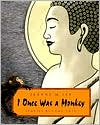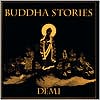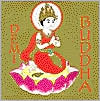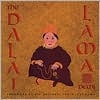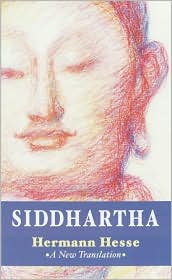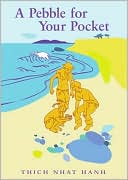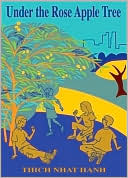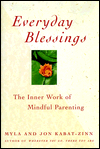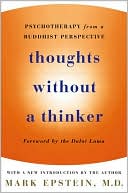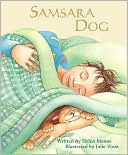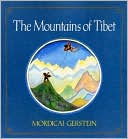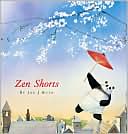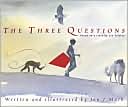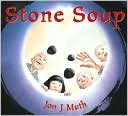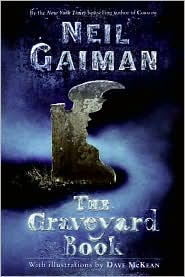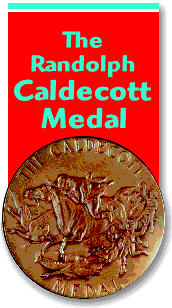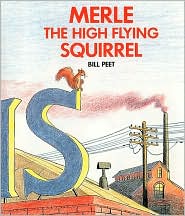Mrs Frisby and the Rats of NIMH made a serious impression on me when I was a child. Probably because I thought that somewhere in this world rats and mice might really be up something like this. Having re-read it as an adult, I see now that Robert C O'Brien's realistic and unsentimental writing style makes it all seem possible. Even though I knew the ending, I still found myself drawn into the story from start to finish and completely won over (again) by the rodents of the title.
Mrs Frisby, wife of the recently deceased Jonathan Frisby and mother of four finds herself in a desperate situation one winter morning. Her youngest and most frail and thoughtful child, Timothy, has come down with pneumonia. Mr Ages, a neighboring mouse who is also a doctor, provides Mrs Frisby with three days worth of medicine and instructions that Timothy must stay in bed and warm all three days or he may not heal and find himself weaker than before. This would not be a problem except for the fact that Mrs Frisby's winter home, a mostly buried cinderblock that makes a cozy, but dark, two room dwelling, is right in the path of Mr Fitzgibbon and his plow. She cannot move Timothy to their summer home near the riverbank until he is well, but, when she over hears the farmer talking to his sons she knows that she only has a few days before he will plow. Through a lucky encounter with a crow named Jeremy, Mrs Frisby has the chance to take her dilemma to the wise owl living in the dead tree in the forest. The owl listens to her predicament and tells her that she has no choice but to wrap Timothy as warmly as she can and move him, hoping he will not grow worse. As she is leaving, the owl asks her her name. When he learns that she is the widow of Jonathan Frisby, he tells her she must ask the rats for help and to ask for Justin and Nicodemus. Mrs Frisby knows of the rats but has never had any interactions with them and is troubled by this suggestion. The rats seem strange. Just the other day she saw six of them moving a large piece of cable into their hole under the rose thicket. However, to save the life of her son she takes the owl's advice.
From there the story of the Rats of NIMH and the fate of Mrs Frisby and her family unfolds. Twenty of the original rats in the colony are escapees from a scientific laboratory. While imprisoned they were given injections twice a week and, over time, taught to read by the scientists. They also discovered that they were gaining in strength and could move and lift things beyond their abilities. With this in mind, they devised an escape plan and took some ab mice, Mr Frisby and Mr Ages, along with them, however Jonathan chose not to reveal any of this to his wife. The story of the time between their escape and their home on Fitzgibbon's farm involves an empty summer house with a well stocked library - and a great story about a "Mrs Jones" and her acquisition of a vacuum that ultimately draws her into the "Rat Race" of working, buying, wanting, working, buying that never ends. A nice story for America today.... They also find the abandoned truck of a tinker that is filled with all of the equipment and supplies they need to start their colony, which they do. But, the story of the rat race is never far from Nicodemus' thoughts and eventually he convinces the colony that they should not steal from the farmer and be reliant on him but should establish their own self-reliant colony. Jenner, one of the original rats, thinks this is ridiculous and, with six other rats, leaves the colony, eventually meeting his end in a hardware store and almost causing the end for Nicodemus and the rats who stayed behind with him.
Mrs Frisby, not the shrinking violet she seems to be at first, finds a way to help the rats as they help her move her home to a safer spot and manages to procure information that will allow most of them to move to their new colony in Thorn Valley where they plan to start a farm before disaster strikes. One of my favorite aspects of this novel is the character of the brave and dashing Justin, an original lab rat who befriends Mrs Frisby and rescues her when she is trapped in the Fitzgibbon's house. Justin is one of the rats who stays behind to trick the scientists who return to find him and he may have been one of the two rats who did not survive. O'Brien never tells the reader with any certainty. However, he ends the novel on a sweet note with Mrs Frisby finally telling her children about their father, his history, how he died and all about the rats and their new colony in Thorn Valley. Her son Martin insists that one day he will find the crow Jeremy and they will fly to Thorn Valley and he will find out if Justin lived.
This book is a wonderful mixture of Rabbit Hill by Robert Lawson and The Fog Mound series by Susan Schade and Jon Buller. Mrs Frisby and The Rats of NIMH, with its pen and ink drawings by Zena Bernstein, looks and feels like Rabbit Hill. The animals work together and are aware of but keep their distance from the humans - the two worlds do not mix and the humans are never aware of the interactions and communications that go on between the animals. A running theme in Mrs Frisby is the repeated surprised utterance by one human or another, "Rats can communicate?" And, like the animals of Fog Mound, living in a world deserted by humans, the smartest of the bunch were once laboratory experiments. Having been written in 1971, this is still largely a very innocent book. There is no violence or anger. The biggest threat, outside of the scientists, is Dragon the cat. And, through his characterization, O'Brien makes sure that the reader comes to love his rats and mice and root for their survival.

